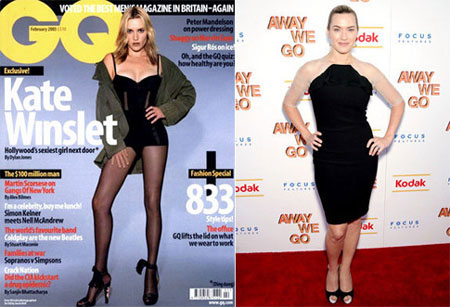The American Medical Association (AMA) has decided to take a strong stand in the question of using ad photos retouching. According to them, incredibly thin models on the posters could form misconceptions among young people about the female figure.

The American Medical Association has determined to issue some principles as to how far retouching can go. The guidelines were published last week. The AMA announces their determination to resist the incorrect use of Photoshop and encourages the owners of fashionable brands not to use retouching, since such changes in the female figure can contribute to unrealistic expectations connected with the inability to reach retouched body proportions. This is especially true of impressionable children and adolescents whose psychic is primarily affected by retouched advertising, as the doctors say.
The AMA has adopted a new policy that encourages advertising agencies in case their work meets the new requirements.
The press immediately recollected the most famous cases of retouching. For example, there was a 2009 poster of the Ralph Lauren brand, in which the waist circumference of the model is even smaller than the circumference of the head, and it by no means happens in anatomy, as the experts insist. The management of the Ralph Lauren brand had to apologize for the defective sample of retouching.

There was also a last year’s example of the Ann Taylor advertisement which featured a model whose thorax seemed to have disappeared at all.

One of the first uses of Photoshop which angered the public was a much “thinner” image of Kate Winslet in 2005.
Source of the image: Mycharm.










